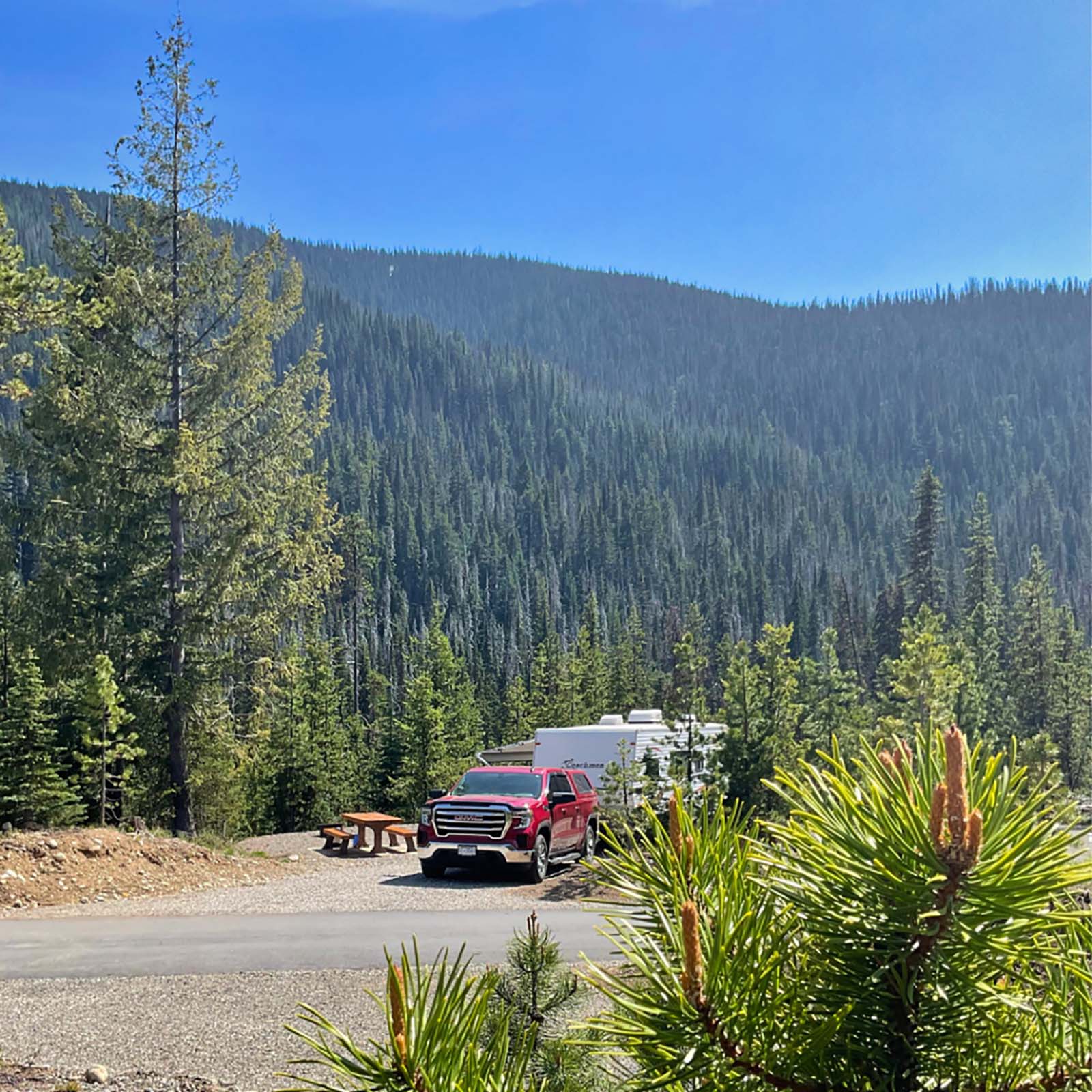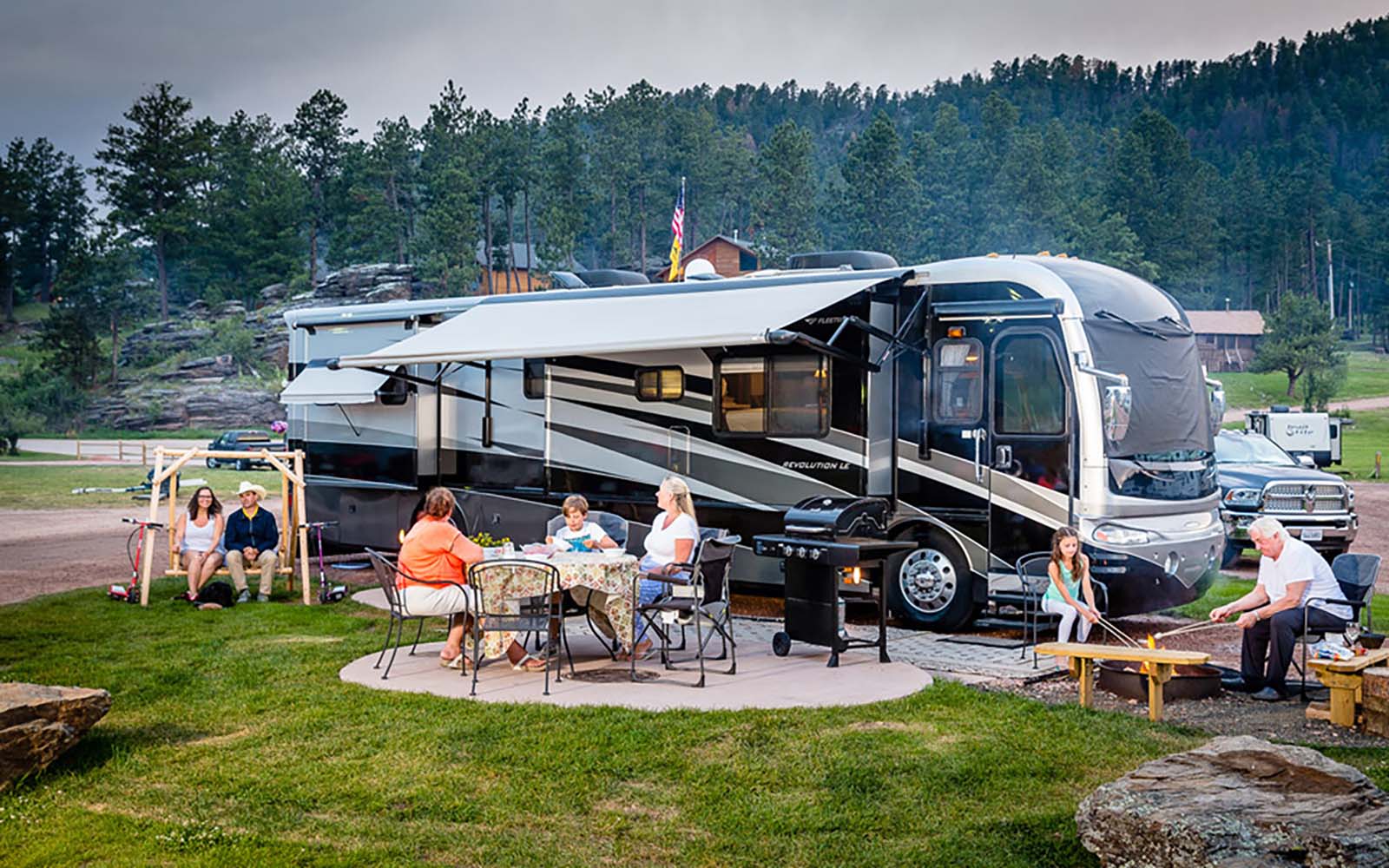How to Charge Your RV Battery While Driving

With the increasing popularity of recreational vehicles (RVs), more and more people are embarking on long road trips to explore the wonders of the great outdoors. While enjoying the freedom of the open road, it is important to ensure that your RV battery remains charged to power essential onboard systems. In this article, we will discuss several methods to help you charge your RV battery while driving.
1. Utilize the Alternator
The alternator in your RV is responsible for charging the battery while the engine is running. This is the most common method of charging your RV battery on the move. It is essential to ensure that the alternator is in good working condition and capable of providing enough power to charge the battery effectively.2. Solar Panels
Installing solar panels on the roof of your RV is a great way to charge your battery while driving. Solar panels harness the power of the sun to generate electricity and charge the battery. This method is not only environmentally friendly but also efficient, as it allows you to charge your battery even on cloudy days.
3. Wind Power
If you want to explore alternative sources of power, you can consider installing a wind turbine on your RV. Wind power is an excellent option for areas with consistent wind flow. The turbine converts wind energy into electricity, which charges your battery while driving. However, it is important to note that wind turbines are typically larger and require proper installation for optimal charging.4. Generator
A generator is another reliable option for charging your RV battery while driving. Generators are available in various sizes and fuel types, such as gas, propane, or diesel. You can choose the one that best suits your needs and budget. It is essential to use a generator that matches the power requirements of your RV appliances and provides a safe and efficient charging solution.5. Battery Isolator
Installing a battery isolator in your RV can ensure that your starting battery remains separate from your house battery. This way, your starting battery will be dedicated solely to starting the engine, while the house battery will receive a constant charge from the alternator. This ensures that your house battery remains fully charged while driving.

